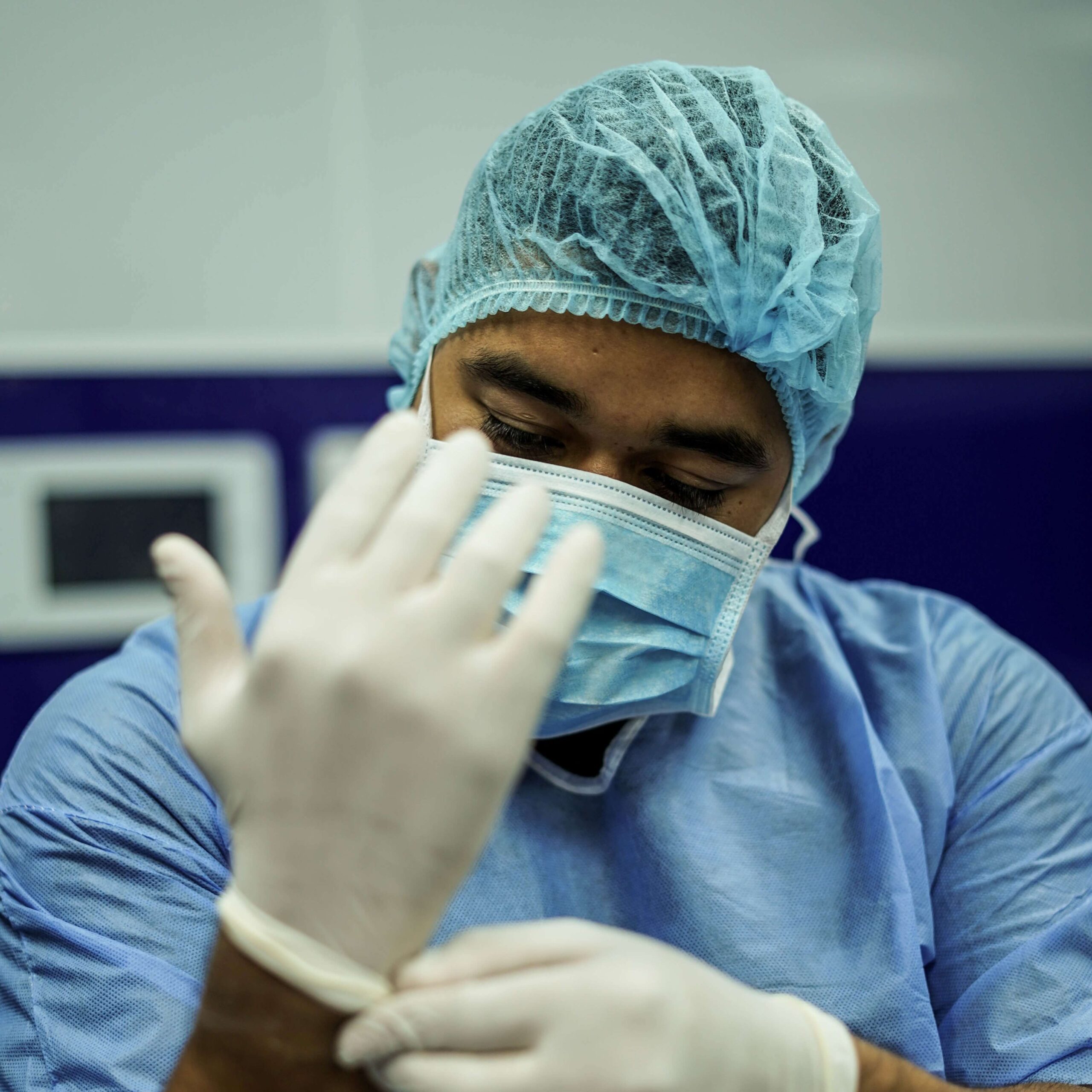Confusion and fear have increased as we all scramble to understand the COVID-19 pandemic. One of the most widely used methods for detecting this virus is reverse transcription polymerase chain reaction (RT-PCR) testing, but what is it exactly?
This blog post will go over the RT PCR meaning, why it is so important in determining who has or hasn’t been exposed to SARS-CoV-2 (the scientific name for Covid-19), and how it can contribute to national efforts in curbing the spread of this global health crisis.
What Is an RT PCR Test?
The RT PCR test, also known as reverse transcription polymerase chain reaction, is an incredibly useful diagnostic test for detecting traces of a virus in the body. It has quickly become one of the most widely conducted types of tests due to its effectiveness and accuracy. In this test, samples are taken from the patient’s nasal cavity and throat before they’re sent to a laboratory that can analyse the genetic material released by the viruses inside.
To ensure accurate results are achieved, standardised processes are followed to distinguish between healthy cells and those infected with a virus or bacteria. The result of this test for most people is available within 24-48 hours, making it highly reliable and efficient for use in times of pandemic or medical emergency where quick action is necessary.
Why Use a Real-Time PCR Test?
Real-time PCR testing has become a go-to method for determining who is currently infected with Covid-19 and who has been exposed to the virus. Here are some common uses of RT PCR testing:
- Testing symptomatic individuals who may be infected with the virus: RT PCR testing helps detect the presence of SARS-CoV-2 and diagnose whether an individual has Covid-19.
- Testing asymptomatic individuals who have been exposed to the virus: In combination with contact tracing, RT PCR tests can provide information on who was exposed to the virus and should be monitored or isolated until further notice.
- Testing healthcare professionals and other essential workers: These individuals are at higher risk for contracting and transmitting the virus due to their close contact with infected patients or large crowds, so regular testing using RT PCR is necessary to monitor levels of exposure in these populations.
- Monitoring viral load in hospitalized patients: RT PCR tests can also be used to monitor the level of virus in a patient’s body, helping medical professionals determine the best course of treatment and whether or not isolation is necessary.
- Surveillance testing: Regular testing using RT PCR is also necessary to monitor the level of the virus in a community, helping to contain and prevent the further spread of Covid-19 effectively.
How Does an RT PCR Test Work?
The RT PCR test takes a small sample from the patient, usually from the nose or throat. This sample then goes through several stages of testing:
- Extraction: The extraction stage in an RT-PCR test is incredibly important for accurately testing viruses. It starts with lysis, which disrupts the cell membrane so its contents can be released and extracted from the sample. Next, using a lab technique such as centrifugation and/or purification kits, contaminants can be removed from the sample material and targets and then purified to ensure accuracy for further tests.
- Reverse transcription: In this stage, the RNA isolated from the sample is converted into its complementary DNA (cDNA) form. This is done using a reverse transcriptase enzyme, which can read the virus’s genetic code and produce cDNA that can be used in subsequent steps.
- PCR: Once the cDNA has been produced from the sample, it goes through a polymerase chain reaction (PCR) process. This involves amplifying small genetic material to create millions of copies so scientists can easily detect and analyse them.
- Detection: Finally, once enough copies have been made for detection purposes, scientists can see if any viruses were present in the original sample. This can be done through various methods, such as gel electrophoresis or DNA sequencing.
The Difference Between PCR and RT-PCR Covid Test
While PCR and RT-PCR are diagnostic tests used to detect the virus, there is an important distinction between them. Here are the key differences:
- The PCR test detects genetic material from a virus without looking for any specific virus, while the RT-PCR is specifically designed to look for SARS-CoV-2, the virus that causes COVID-19.
- The PCR test does not involve reverse transcription, while the RT-PCR involves converting RNA into cDNA so it can be measured and analysed more accurately.
- While both tests accurately detect viruses, the PCR test may have false positives due to cross-contamination of samples or other sources. On the other hand, RT-PCR tests have been found to have fewer false positive results due to their specificity and the introduction of controls in the testing process.
- The PCR test provides a result faster than the RT-PCR, with some results available in a few hours. However, the RT-PCR takes longer and is more reliable due to its more complex process and stringent controls.
Conclusion
The RT PCR test has become one of the most important tools for detecting SARS-CoV-2. It is an incredibly accurate diagnostic tool that can help medical professionals diagnose those infected and protect those who have not been exposed to further harm. Its use in contact tracing and surveillance testing will be instrumental in curbing this global pandemic. Knowing what it means could help you make informed decisions about your health or your family during these difficult times.
If you have any further questions about RT PCR meaning or other Covid-19 related topics, please don’t hesitate to contact your local healthcare provider or visit the CDC website. Stay safe out there!

